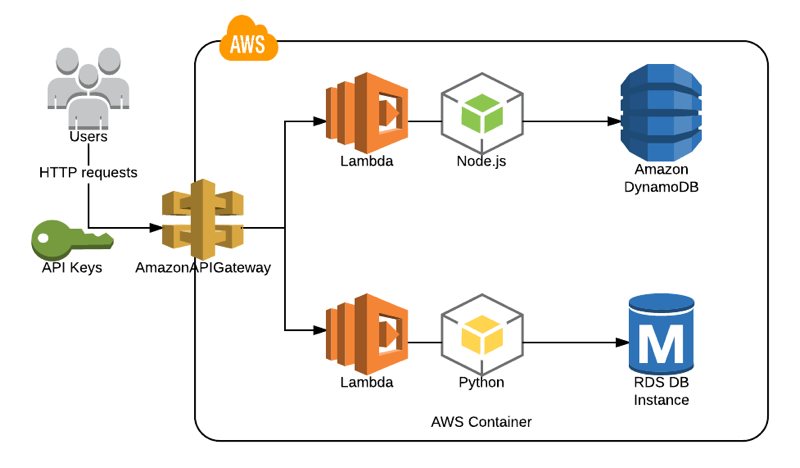Triggering AWS Step Functions by AWS API Gateway Calls
- by Emre Yilmaz
- May 8, 2018
- AWS • Serverless • AWS Step Functions • AWS API Gateway • AWS IAM
If you recall, in a previous blog post I discussed AWS Step Functions as a great service for orchestrating your AWS Lambda functions by giving an example. Today, I will show you how you can integrate your API Gateway resource methods with your AWS Step Functions state machines so that you can trigger your state machines with API calls.
Actually the benefits are obvious. Instead of serving our Lambda functions as separate endpoints and orchestrating which one to call and when in our front end; we can use a single endpoint and pass all logic to the back end. Then our back end, in this case our state machine, will execute the functions in sequential or parallel. This method especially suits well to cases when all these function calls are necessary to complete a single business action.
Continue reading the Triggering AWS Step Functions by AWS API Gateway Calls blog post.


